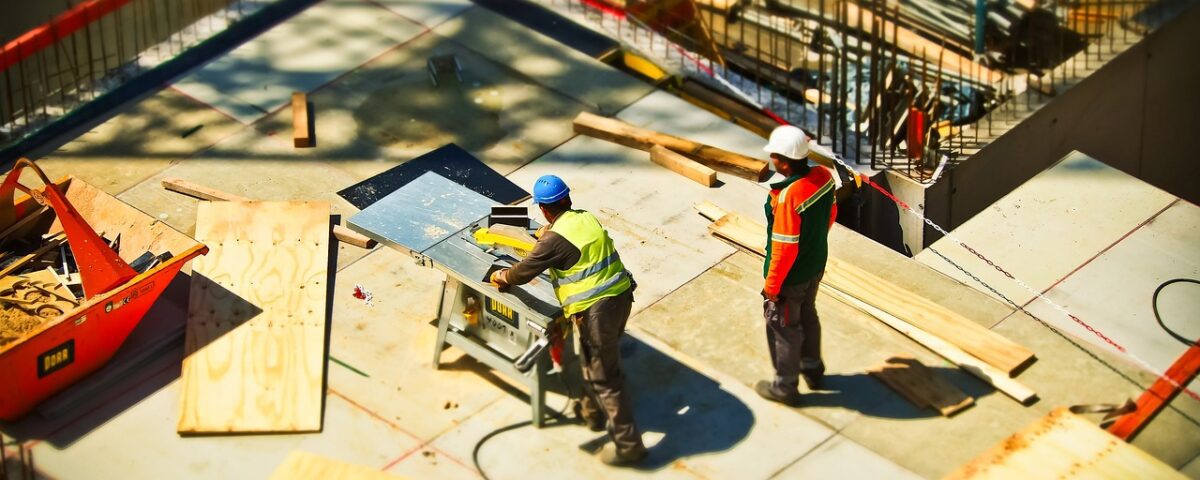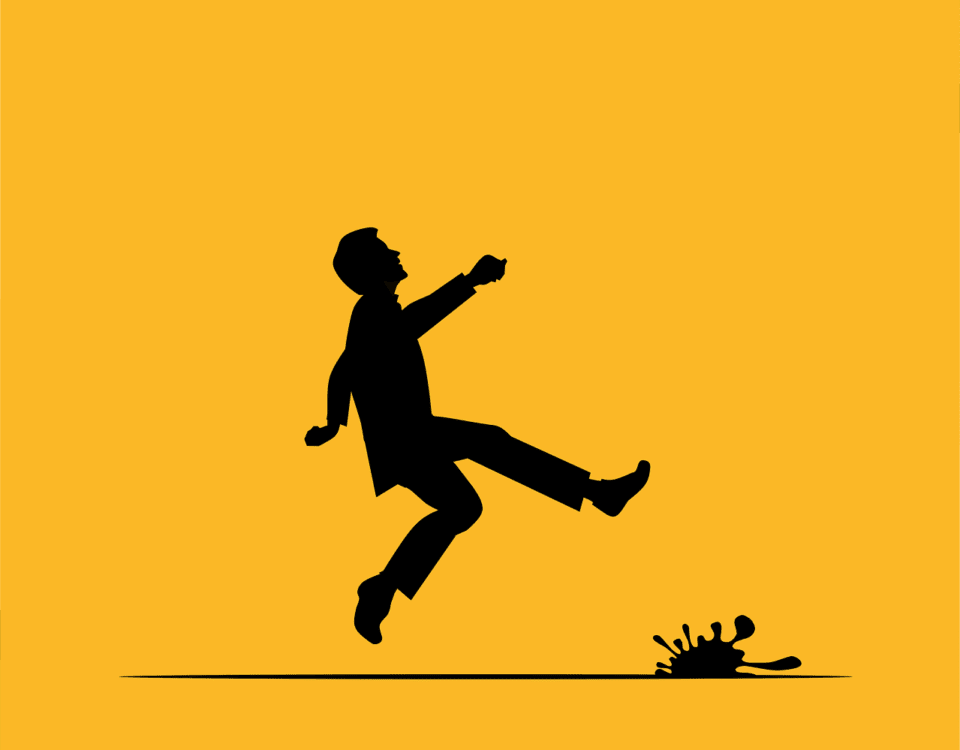Understanding the Risks and Rights in Construction Site Injuries
A Tradition of Excellence
 Sampling of Successful Case Resolutions
Sampling of Successful Case Resolutions
 Read our answers to some frequently asked questions.
Read our answers to some frequently asked questions.
Statement
 View Our Mission Statement
View Our Mission Statement

Motorcycle Accidents: Special Considerations
June 14, 2024
How Proper Documentation Can Strengthen Your PI Claim in CT
August 1, 2024The Nature of Construction Work and Its Risks
Understanding the Risks and Rights in Construction Site Injuries – Construction sites are inherently dangerous environments. The nature of the work often involves operating heavy machinery, working at significant heights, handling hazardous materials, and performing physically demanding tasks. These conditions create a high risk for severe accidents, leading to catastrophic or even fatal injuries. Among the most common injuries sustained on construction sites are:
- Traumatic Brain Injuries (TBIs): These injuries can result from falls, being struck by objects, or accidents involving heavy machinery. TBIs can have long-lasting effects, including cognitive impairment, memory loss, and emotional instability.
- Back and Neck Injuries: Lifting heavy objects, repetitive motions, and falls can lead to serious back and neck injuries. These injuries can cause chronic pain and mobility issues, significantly impacting a worker’s quality of life.
- Spinal Cord Injuries: Damage to the spinal cord can result in partial or complete paralysis, necessitating lifelong care and rehabilitation.
- Broken Bones: Falls, collisions with machinery, and structural collapses can lead to fractures and broken bones, often requiring surgery and extensive recovery periods.
- Amputations: Accidents involving machinery can lead to the loss of limbs, profoundly affecting a worker’s ability to perform daily tasks and their overall independence.
- Internal Injuries: These injuries, often caused by blunt force trauma, can damage internal organs and lead to life-threatening complications.
Even minor injuries can significantly impact a construction worker’s ability to perform their job. Tasks such as lifting, bending, repetitive motions, walking on uneven surfaces, standing for long periods, and operating heavy equipment require physical strength and agility. An injury that hampers these abilities can prevent a worker from returning to their previous role, leading to financial and emotional stress for them and their families.
Workers’ Compensation: A Safety Net, But Not Always Enough
In the event of a construction site injury, workers’ compensation is designed to provide a safety net. It covers medical bills and provides a percentage of lost wages while the worker recovers. However, this compensation is often limited and may not fully cover the extent of the financial and emotional burdens faced by injured workers and their families. The limitations of workers’ compensation include:
- Coverage of Lost Wages: Workers’ compensation typically only covers a portion of lost wages (about 75%), which may not be sufficient to support a worker’s family, especially if the injury leads to long-term or permanent disability.
- Medical Expenses: While medical bills related to the injury are covered, workers may face ongoing medical needs that exceed the scope of workers’ compensation.
- Non-Economic Damages: Workers’ compensation does not cover non-economic damages such as pain and suffering, loss of enjoyment of life, or emotional distress.
Seeking Additional Compensation: Third-Party Claims
In some cases, a third party may also be responsible for the accident. Third parties can include subcontractors, equipment manufacturers, property owners, or other entities involved in the construction project. When a third party’s negligence contributes to a worker’s injury, the injured worker may have the right to file a personal injury lawsuit in addition to their workers’ compensation claim. These 2 claims can be filed concurrently.
A personal injury lawsuit allows the injured worker to seek compensation beyond what is provided by workers’ compensation. This can include:
- Full Coverage of Lost Wages: Unlike workers’ compensation, a personal injury lawsuit can seek compensation for the total amount of lost wages, including future earnings if the injury prevents the worker from returning to their job.
- Comprehensive Medical Expenses: The lawsuit can cover all medical expenses, including long-term care, rehabilitation, and any future medical needs related to the injury.
- Non-Economic Damages: Personal injury claims can include compensation for pain and suffering, emotional distress, loss of enjoyment of life, and other non-economic damages that workers’ compensation does not cover.
The Importance of Legal Representation
Navigating the complexities of workers’ compensation and personal injury law can be challenging, especially for someone dealing with the physical and emotional aftermath of a severe injury. An experienced attorney can provide invaluable assistance in these cases by:
- Investigating the Accident: A thorough investigation can identify all liable parties, ensuring that the injured worker seeks compensation from all responsible sources.
- Building a Strong Case: An attorney can gather evidence, obtain expert testimony, and build a compelling case to demonstrate the extent of the injury and the impact on the worker’s life.
- Negotiating Settlements: Many personal injury cases are settled out of court. An attorney can negotiate with insurance companies and other parties to secure a fair settlement that adequately compensates the injured worker.
- Representing in Court: If a fair settlement cannot be reached, an attorney can represent the injured worker in court, advocating for their rights and seeking the maximum possible compensation before a jury of the injured parties peers.
At Tindall Law Firm, LLC, we have represented injured construction workers and their families in Connecticut for 27 years and enjoyed a great deal of success for our clients. In addition to helping people with workers’ compensation claims, we hold negligent third parties responsible for causing construction accidents, injuries and wrongful deaths.
Conclusion
Construction work is essential but inherently risky. When accidents occur, they can lead to life-altering injuries that affect not only the worker but their families as well. While workers’ compensation provides some relief, it is often insufficient to cover the full extent of the financial, physical, and emotional toll of a severe injury. In cases where third-party negligence contributes to the accident, a personal injury lawsuit can provide the additional compensation needed to help injured workers and their families recover and rebuild their lives. Seeking the assistance of an experienced attorney is crucial to navigating this complex legal landscape and ensuring that injured workers receive the justice and compensation they deserve. For a free consultation with a Waterbury construction accident lawyer, please call 203.755-0018 or contact us online.










